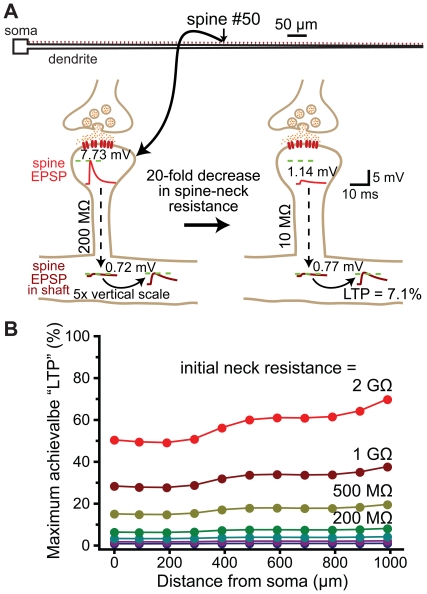Figure 12. Regulation of spine neck resistance does not generate robust changes in synaptic efficacy.
A) Top, ball-and-stick model neuron with 100 spines (200 MΩ neck resistance) along the dendrite. Below, a spine located half-way along the dendrite is depicted experiencing a reduction in spine neck resistance in the absence of an increase in synaptic conductance. In this case, a baseline EPSP generates a 7.73 mV EPSP at the spine head, and a 0.72 mV EPSP in the dendritic shaft. Following a 20-fold decrease in spine neck resistance, the same synaptic conductance generates a 1.14 mV EPSP at the spine head, and a 0.77 mV EPSP in the dendritic shaft: a boost of synaptic efficacy (“LTP") of 7.1%. B) Plots of the maximum possible synaptic potentiation (LTP) achievable by reducing spine neck resistance to effectively zero vs distance from the soma for a variety of initial spine neck resistances.

